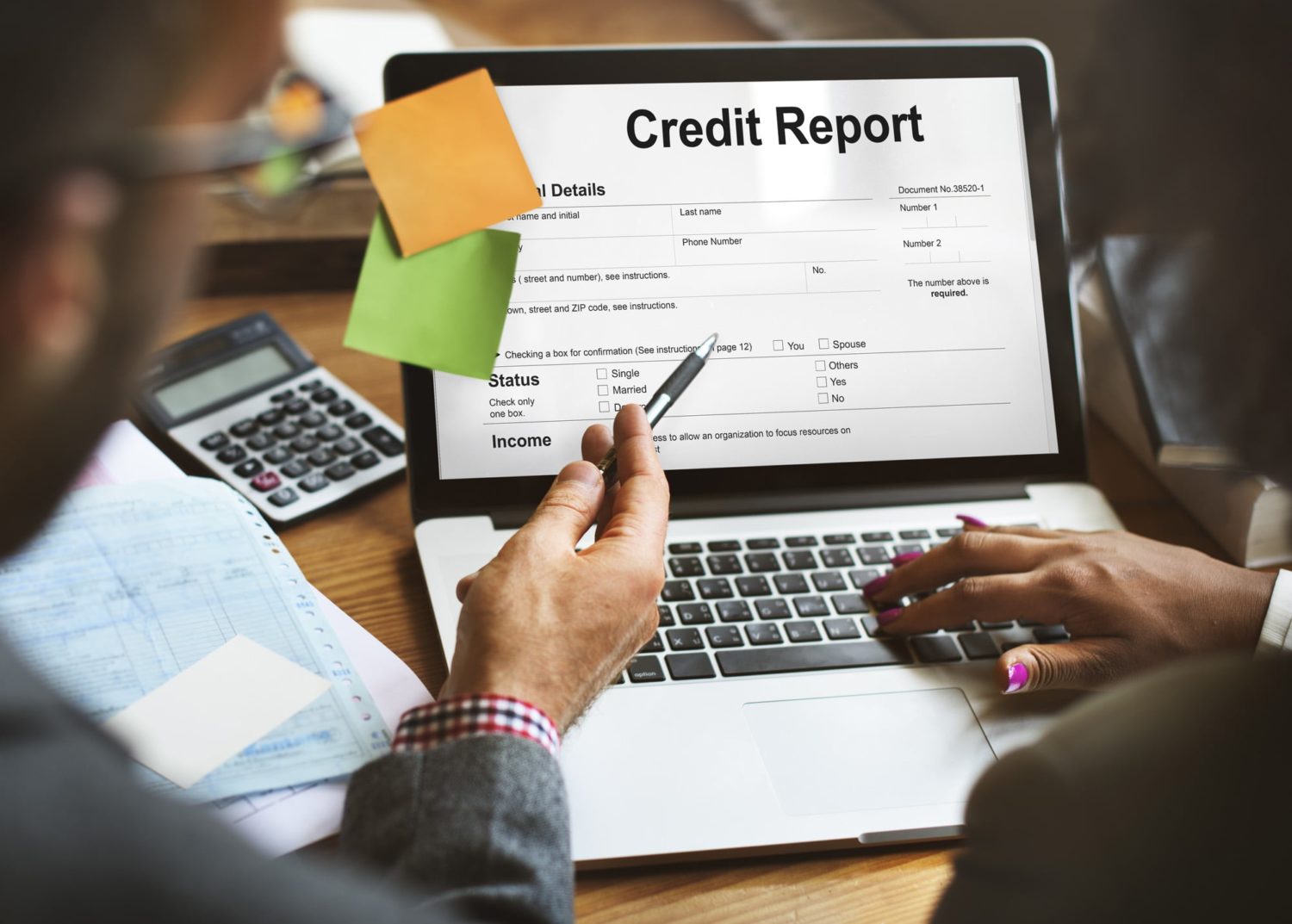Obtaining a merchant account with bad credit can be a struggle. Most processors and banks classify merchants under the high risk category when they have unsatisfactory credit scores — regardless of the business type or products that the merchant sells. According to Experian’s website, “Based on the FICO® Score, from a range of 300 to 850, a credit score below 669 is considered to be either fair or bad.” Additionally, when banks are deciding to approve an account, they may look at specific items on the merchant’s credit report, not just its score.
Bad credit stems from multiple issues —paying bills late, paying the minimum balance, accounts sent to collections, bankruptcy or even identity theft. A merchant without a credit history can also be viewed as having bad credit. Some merchants’ credit ratings are also affected by excessive chargebacks on their existing or previous merchant accounts and/or from being placed on TMF/MATCH. Unfortunately, this means that even merchants that previously had a good personal credit score when opening their accounts can have their credit ratings suffer due to unforeseen customer disputes.
Most low-risk banks and processors will not accept a bad credit merchant account due to the high risk involved with the account, regardless of the reason for poor credit. Other medium-to-high risk banks and processors, if willing to approve the high risk, bad credit merchant account, will usually issue high rates and may also require a co-signer on the account and/or issue a reserve. This can be a devastating scenario for many merchants, especially when they are not expecting to be categorized as a high risk merchant or to receive the related high risk fees and rates.

